Osprey updates and other sightings!
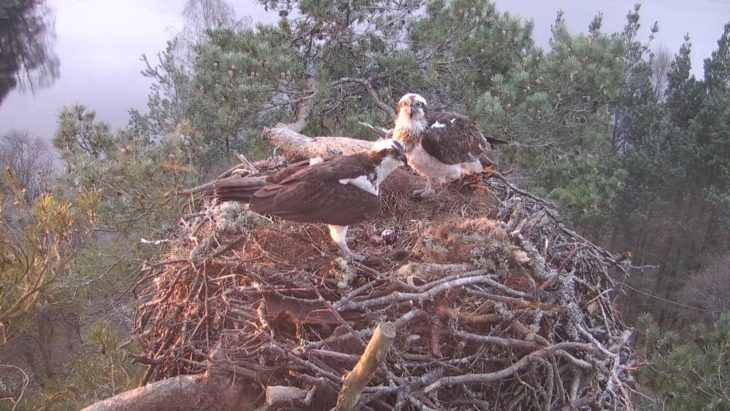
We are now just over a month into the Osprey Watch season and are hopeful that the diligent efforts of our breeding pair of ospreys will pay off, with chicks hatching in the next couple of weeks. In the meantime, round the clock monitoring of the birds by our dedicated staff and volunteers has provided plenty of data to crunch on the pair’s incubation behaviour so far.
Despite having to fish for two, it seems the male (LM12) has been keen to complete his fair share of incubation duties. As of the 5th May, his incubation contribution comes to a grand total of 23% of the time, falling right into the top end of what is considered normal for male ospreys[1]. On the other hand, the female has clocked up a massive 76% so far, having spent a mighty 564 hours sitting on the eggs!
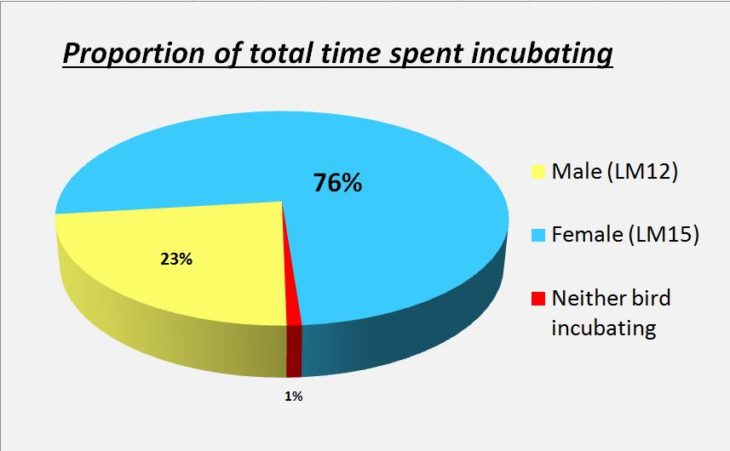
The pair certainly seem to be well coordinated with their incubation efforts too this year, rarely leaving the eggs unattended. An exception came on Friday, when the female (LF15) spent a full five minutes standing on the nest to rearrange a stick instead of sitting down on her precious clutch. However the 3 eggs are being well turned to ensure that they are warmed evenly. The birds carefully roll the eggs over with their beaks on average 34.7 times a day; roughly every 40 minutes. But as hatching time approaches, egg turns seem to be taking place more and more often (note the upwards slant of the trend line on the graph below).
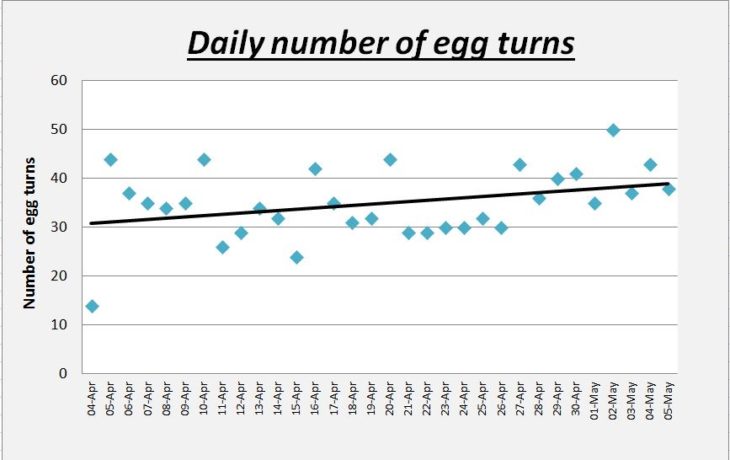
Other recent osprey drama includes the male successfully fishing in Loch of the Lowes, in view of the hides! This is a real treat, as ospreys can travel up to 20 miles away to hunt depending on fish availability and water levels, whilst statistically only 1 in every 5 attempts pay off. It was particularly nice to see him dive and catch a fish at 9:24 in the evening, in almost darkness. Currently he is bringing into the nest an average of 1.4 fish a day, although we expect this to increase greatly once there are fledglings to feed!
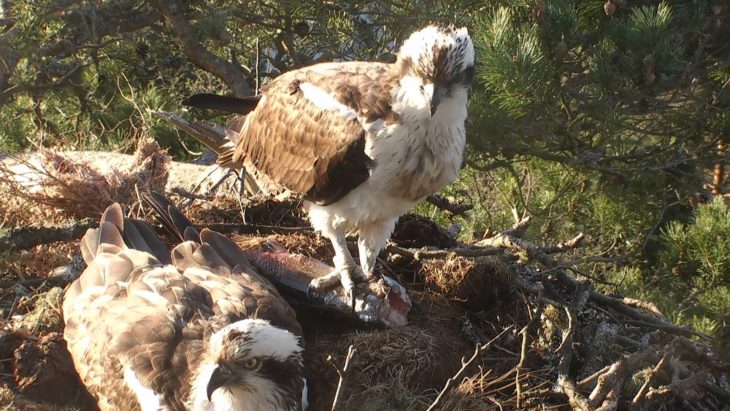
Finally, we are excited to report another pine martin sighting. It was spotted on Friday running through woodland habitat near to the loch edge on one of our night cameras.
Another elusive set of residents, the otters, have also been treating us to a glimpse of their night lives. The three otters caught in the camera snapshot below are probably one adult with two of last year’s juveniles. We look forward to more sightings to come!
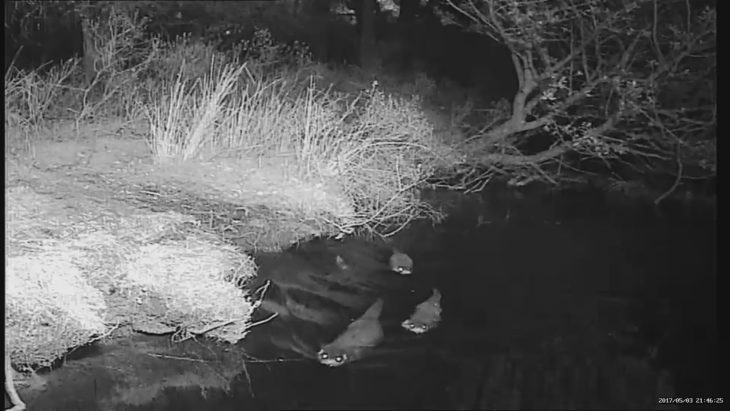
For more detailed information on the pair’s incubation habits, take a look at the graph below.
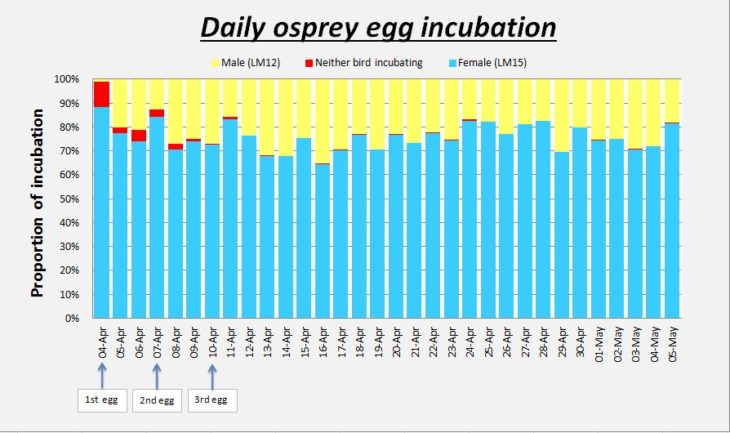
By Freya – Species Protection Officer
Footnote:
[1] Male ospreys normally incubate for 20-35% of daylight hours (ROY DENNIS – A Life of Ospreys, p.69) this is roughly equivalent to 13-23% of the total time.
Help protect Scotland’s wildlife
Our work to save Scotland’s wildlife is made possible thanks to the generosity of our members and supporters.
Join today from just £3 a month to help protect the species you love.
Preface
We are now just over a month into the Osprey Watch season and are hopeful that the diligent efforts of our breeding pair of ospreys will pay off, with …
